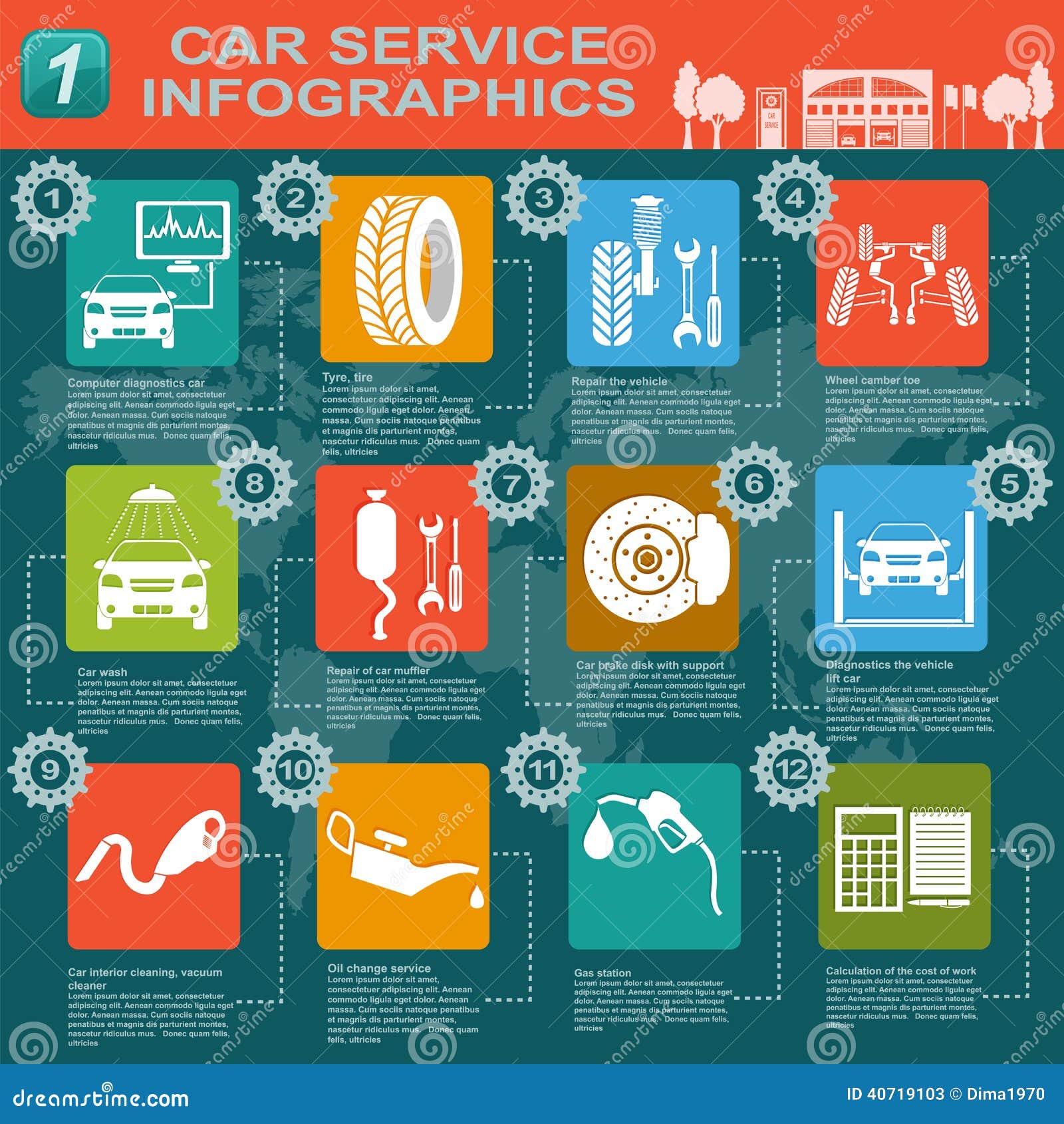Understanding The Importance Of Your Automobile'S Warning Signals: What They Really Stand For
Understanding The Importance Of Your Automobile'S Warning Signals: What They Really Stand For
Blog Article
Content Created By-Sykes Stark
When you're behind the wheel, those glowing warning lights on your control panel can be a little bit difficult. Do you understand what they're trying to inform you regarding your vehicle's wellness? Comprehending the value of these lights is essential for your safety and security and the longevity of your automobile. So, the following time among those lights turns up, would not you want to decode its message properly and take the needed actions to resolve it?
Common Warning Lights and Interpretations
Recognize typical caution lights in your car and comprehend their definitions to make sure risk-free driving.
The most regular caution lights consist of the check engine light, which indicates concerns with the engine or emissions system. If this light begins, it's essential to have your vehicle examined immediately.
The oil pressure alerting light shows reduced oil stress, calling for prompt focus to prevent engine damage.
A blinking battery light might recommend a malfunctioning charging system, possibly leaving you stranded if not dealt with.
The tire stress monitoring system (TPMS) light notifies you to low tire pressure, influencing lorry security and gas efficiency. Neglecting this might cause risky driving conditions.
The abdominal light indicates a trouble with the anti-lock braking system, endangering your ability to stop promptly in emergency situations.
Finally, the coolant temperature advising light warns of engine overheating, which can cause serious damage if not resolved quickly.
Recognizing these common caution lights will certainly help you deal with issues promptly and preserve secure driving conditions.
Importance of Prompt Interest
Understanding the typical caution lights in your cars and truck is just the initial step; the importance of immediately addressing these cautions can't be highlighted sufficient to guarantee your safety and security when traveling.
When a caution light illuminates on your dashboard, it's your car's method of communicating a possible problem that needs focus. Disregarding Highly recommended Site can cause a lot more serious issues later on, endangering your safety and possibly costing you a lot more in repairs.
Prompt focus to advising lights can stop failures and accidents. As an example, a blinking check engine light could show a misfire that, if left neglected, could create damage to the catalytic converter. Addressing this without delay can conserve you from a pricey repair work.
Likewise, a brake system cautioning light may signify reduced brake fluid or used brake pads, important components for your safety and security when driving.
DIY Troubleshooting Tips
If you discover a warning light on your dashboard, there are a few DIY repairing pointers you can try before seeking professional assistance.
Read A lot more is to consult your car's manual to understand what the particular warning light shows. In some cases the problem can be as simple as a loose gas cap activating the check engine light. Tightening up the gas cap may resolve the issue.
Another usual concern is a low battery, which can cause various cautioning lights. Checking the battery links for deterioration and guaranteeing they're protected could repair the problem.
If a warning light lingers, you can attempt resetting it by separating the vehicle's battery for a couple of mins and then reconnecting it. Additionally, checking your car's liquid levels, such as oil, coolant, and brake fluid, can aid troubleshoot warning lights related to these systems.
Verdict
Finally, understanding your vehicle's warning lights is vital for keeping your vehicle running smoothly and securely. By without delay resolving these alerts and knowing what they imply, you can stay clear of pricey repair services and possible break downs.
Remember to consult your car's manual for particular details on each alerting light and act as necessary to make certain a hassle-free driving experience.
Keep informed, remain safe when traveling!
